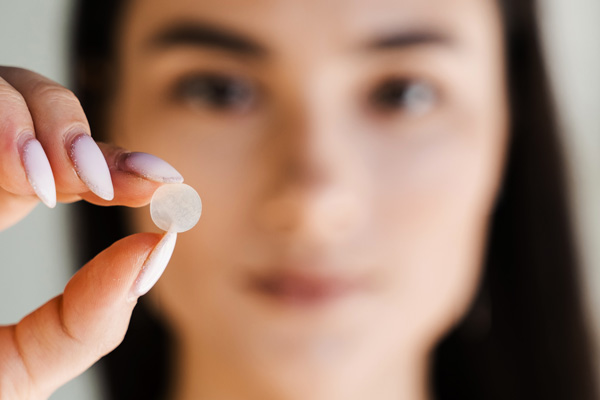
The anti-acne dermal patch market is expected to reach US$ 586.3 million by 2024. The market size is expected to reach US$ 1.1 billion by 2034, projected at a CAGR of 6.5%. The acne bacterium propionibacterium acnes (P. acnes) often causes acne, a chronic inflammatory skin disease. Topical treatment for acne using hydrocolloid or hydrogel patches has become increasingly popular.
A common substance used for medical dressings is hydrocolloid or hydrogel, also commonly used in anti-acne patches. With social networking sites extensively promoting anti-acne patches, their acceptance and demand have grown. Social media platforms have made these products more visible and have become a driving force behind consumer behavior.
Generally, microneedle patches are more expensive than hydrogel patches for treating acne because hydrogel patches are waterproof and can absorb fluid, causing pimples to flatten, and are more cost-effective.
Request for a sample of this research report: https://www.futuremarketinsights.com/reports/sample/rep-gb-19247
Continuous research and development have been conducted to improve their convenience and effectiveness. Anti-acne dermal patches using new active ingredients have been developed to address different areas of acne pathogenesis. Complex delivery mechanisms have also been developed.
Researchers are investigating the effects of retinoids, niacinamide, and peptides on the reduction of acne lesions and prevention of recurrence using dermal patches because of their anti-inflammatory and skin-regenerating properties. A new generation of patch designs, such as hydrocolloid dressings and microneedling, offer both occlusive and wound-healing properties while improving the effectiveness of active chemicals.
Efforts are also being made to develop intelligent dermal patches that monitor skin problems in real-time, provide real-time therapy updates, and provide customized treatments. Increasing the precision, effectiveness, and accessibility of acne treatment is one of the greatest benefits these developments bring to patients.
Advancements in patch technology have completely transformed the market for anti-acne therapies. Using microneedle technology, active substances can be penetrated deeper into the skin and distributed more effectively. Dermal patches now include hydrocolloid dressings, which are known to heal wounds in order to provide occlusive benefits and the ability to keep wounds moist. Besides improving the therapeutic effectiveness of the anti-acne dermal patches, these developments also improve patient comfort and compliance.
Key Takeaways from the Market Study
- The chemical based segment is expected to expand at 6.3% CAGR by 2034.
- The United States is estimated to register at a CAGR of 6.8% by 2034.
- An 11.9% CAGR was recorded between 2019 and 2023 for Japan’s market.
- China is experiencing rapid growth, predicted at a CAGR of 7.1% by 2034.
- The 18 years to 44 years segment is anticipated to expand at 6.1% CAGR by 2034.
“Beauty industries are growing, resulting in a rise in personalized care products, which will, in turn, drive the demand for Anti-acne dermal patches market,” says Sneha Verghese, Senior Consultant for Consumer Goods and Products at Future Market Insights
Gain Immediate Access to Detailed Market Insights: https://www.futuremarketinsights.com/checkout/19247
Competitive Landscape
Global and regional players dominate the anti-acne dermal patches market. Companies focus on the quality and design of their products to gain market share and attract consumers. Some of the key developments are:
- In November 2022, Heyday, a digital-first CPG company, acquired Zitsticka, a brand associated with acne.
Key Players Are:
- Peter Thomas Roth Labs LLC
- ZitSticka
- 3M
- Alba Botanica
- Starface
- DermaAngel
- Hero Cosmetics
- Sephora USA Inc.
- Urban Outfitters
- Peach & Lily
- COSRX
Key Segmentations:
By Type:
- Chemical Based
- Herbal Based
By Age Group:
- 18 Years to 44 Years
- 10 Years to 17 Years
- 44 Years to 64 Years
- 65+ Years
By Distribution Channel:
- Pharmacies & Drug Stores
- E-commerce Platform
- Retail Stores
By Region:
- North America
- Latin America
- Western Europe
- Eastern Europe
- South Asia and Pacific
- East Asia
- The Middle East and Africa
